Hand Milking vs. Machine Milking
Ever wondered about the differences between hand milking vs. machine milking? I’ve done both many times.
If you have a small homestead that is about to gain dairy animals, you might be trying to decide between hand milking vs. machine milking.
I’ve hand milked my Jersey cow for the last three years. Prior to that I used a small pump system at a farm I worked at. Before that I interned for a season at a small grass based dairy that used a New Zealand style pit parlor.
After having tried it all, both styles of milking have their pros and cons. Let’s take a look at each one and what you should keep in mind.
Machine Milking on the Homestead
Equipment Needed to Machine Milk
The first thing you need to machine milk is the proper infrastructure to use the machine. Your barn or milk parlor will need to have these things for machine milking to work:
- Running Water – to clean the pump equipment
- HOT water – sanitizing the equipment
- Stainless steel sinks – most sanitary for handling milk
- Electricity – to plug in the machine
- Drainage system for the sinks – self explanatory
If you can check off all those boxes, the next thing you’ll need is a milk pump and bucket. These will cost you minimum $600 for a one cow unit, up to about $1500 for a two cow pump.
Please don’t buy a cheap plastic pump. These are not sanitary for handling milk, especially milk you plan to consume raw.
When you figure in the time you can potentially save by machine milking and the value of your time, it might pay for itself fairly quickly.
Supplies for Machine Milking
Whether you hand milk or machine milk you will need teat sanitizing solution and rags or disposable towels to clean the teats.
When you machine milk, you will also need other solutions that you run through the milk pump after each milking.
- Chlorine Washing solution
- Sanitizing Solution
I’ll talk more about this process under cleaning the milk pump.
Cleaning a Milk Pump
One of the negatives of using a machine milker is it takes longer to clean. There are hoses involved and plenty of nooks and crannies that will require scrubbing out frequently.
To clean the milk pump system, first you will need to transfer the milk from the bucket to another container.
Next, the milk pump claw end (the part that goes on the teats) will get put into cold water. Run the pump, to rinse the system out. Dump out the water from the bucket, now prepare a chlorine detergent solution and run that through. This keeps the tubes and the bucket free from milk protein deposits that will build up otherwise.
Dump the bucket again, rinse.
Next prepare a sanitizing solution. Run that through the entire pump system. Dump it out. Hang everything to air dry before using again. Dry is very important with milking equipment as water is a big carrier of bacteria.
This whole process takes about 20 minutes when you figure in filling sink time, scrubbing the inside of the bucket out between each cycle of cleaning solution.

How long does it take to machine milk a cow?
From start to finish including getting the cow, sanitizing her teats, running the milker, putting the cow back out, transferring the milk, and sanitizing the equipment, I’d say 45 minutes to an hour.
The actual machine milks the cow out in 5-10 minutes tops.
This honestly may or may not be more time efficient than hand milking. We’ll get into that in a minute.
Other Considerations with Machine Milking
The milk machine isn’t a super complicated instrument but you will have to learn how to use it properly.
A milk pump also has hoses and other working parts, gaskets and such, that will need replacing from time to time.

Hand Milking on the Homestead
I’m a big fan of hand milking, but this year with two cows freshening I might be changing my tune!

Supplies Needed to Hand Milk
As with machine milking you will need a teat sanitizing solution along with cloths or disposable rags to clean the animal’s teats.
Next up you need a stainless steel milk bucket to match the livestock. For cows I use a two gallon bucket, for goats one gallon.
Aaaaand that’s it! Pretty darn simple.
Cleaning a Milk Bucket
When using a milk bucket you can, if you choose, run it through the same process as cleaning milk equipment.
I’ve noticed that my milk bucket is small with very few spots any gunk can build up, so I do a less intensive cleaning process.
First it gets rinsed with cool water to dispel the milk fats.
Next I use dish soap and piping hot water with a scrub brush on the inside. A different scrub brush is used to wash the outside.
I rinse the bucket, then place it upside down on wire racks to air dry.
No hoses, no pump parts, just a plain old bucket to clean.
This takes about five minutes.
How long does it take to hand milk a cow?
That depends on several factors. How quick are you at milking? How easy are your cow’s teats to milk? Is your cow secured well to make milking go fast? Can you catch your cow easily? Did they poop or pee and make a mess that you need to clean up?
Overall, I find that I can catch, clean and milk the cow, then wash my milk buckets, in about one hour.
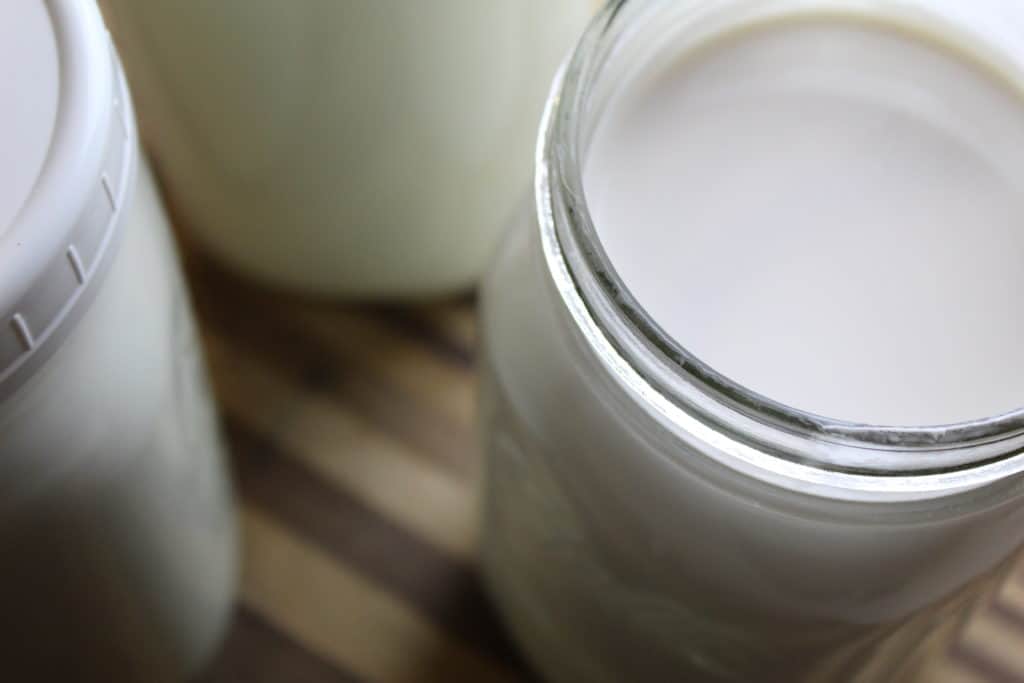
Other Considerations for Hand Milking
It sounds like overkill, but if you plan to hand milk an animal in the near or even somewhat distant future, I highly recommend doing some hand, thumb, and forearm strengthening exercises. I promise you that those muscles are going to get tired WAY before you finish milking that cow. Then you sit there, staring at your cow’s half full udder, wondering how the hell you are going to will your hands to make that milking motion one more time. And then again, and again, and again.
In the book Holes, a teenage boy named Stanley Yelnats has to go and dig a five foot wide and five foot deep hole every day as punishment. The other boys digging holes tell him the first hole is the hardest. He realizes the next day that really the second hole is the hardest, because his muscles are killing him and his hands are blistered.
The same is largely true for milking. It is hard, and it gets harder before it gets easier.
One nice thing about hand milking is the meditative quality. Once you get the hang of it, the barn is usually quiet. The cow will be chewing her cud, comfortable and content. You will begin to enjoy the rhythmic sound of milk hitting the bucket, the soft sounds of your cow, the warmth of her big belly. It sounds weird but I find it truly relaxing.
Hand Milking vs. Machine Milking, which is better?
In the end this depends on you and your situation. How many animals do you have? What’s your infrastructure like?
If I’m milking just one cow or a handful of goats, I’m probably going to stick with hand milking just for simplicity’s sake.
If I have thirty goats or a few cows, then machine milking probably makes more sense.
When it comes to hand milking vs. machine milking, which do you think is best? Let me know in the coments!
Looking for more dairy content? Visit goats and cows!
Pin it for Later



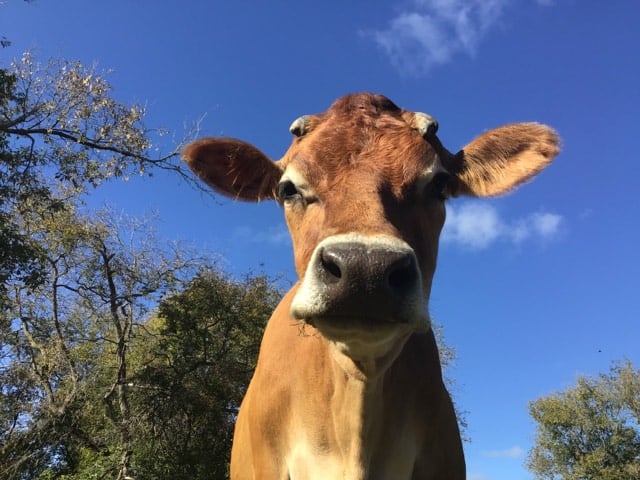
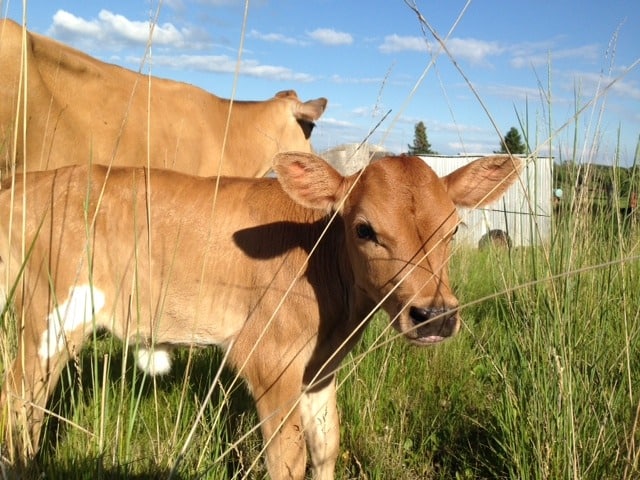
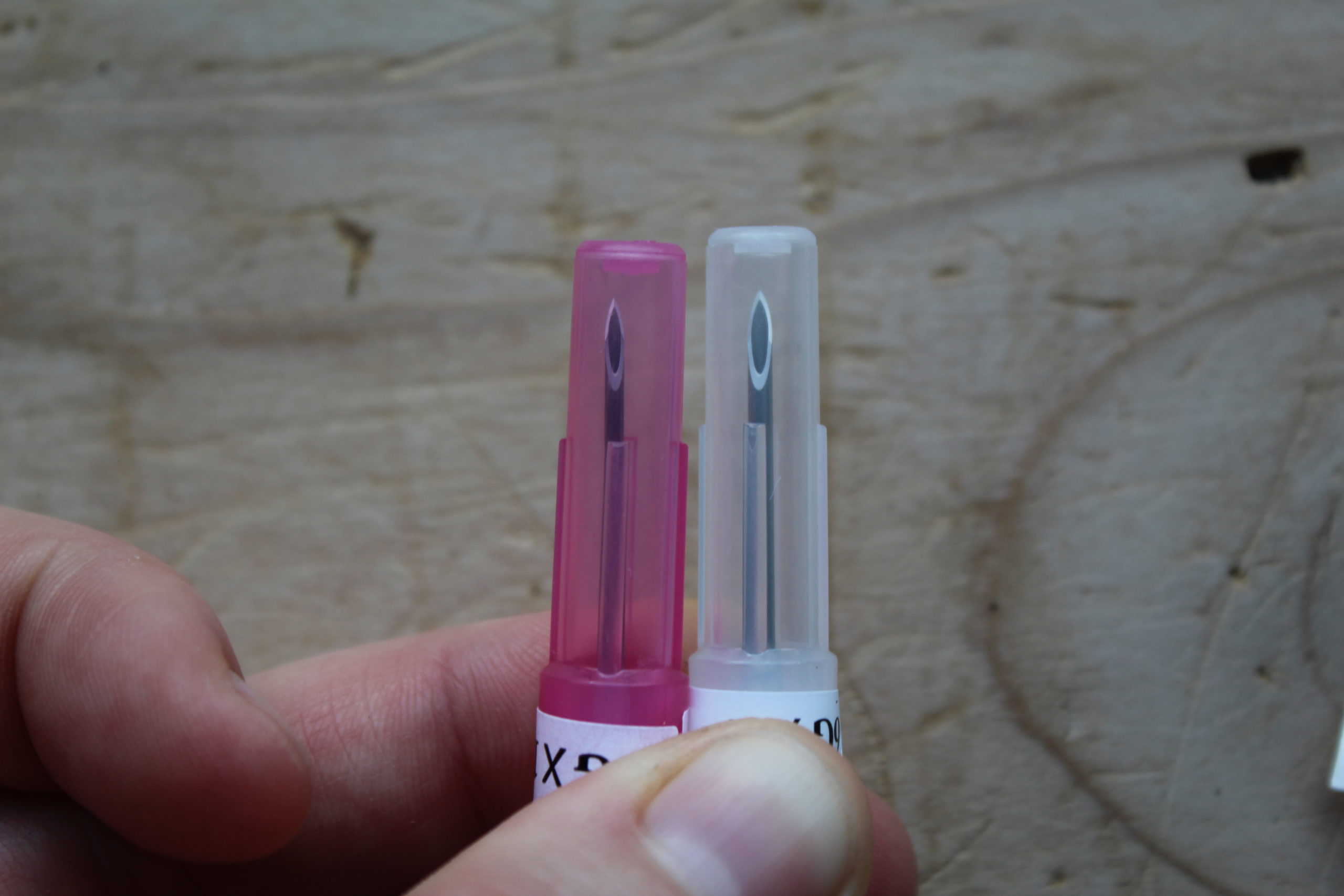

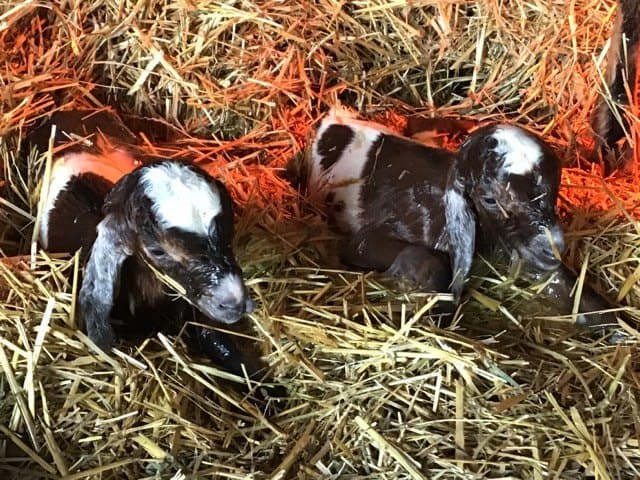
One Comment
Comments are closed.